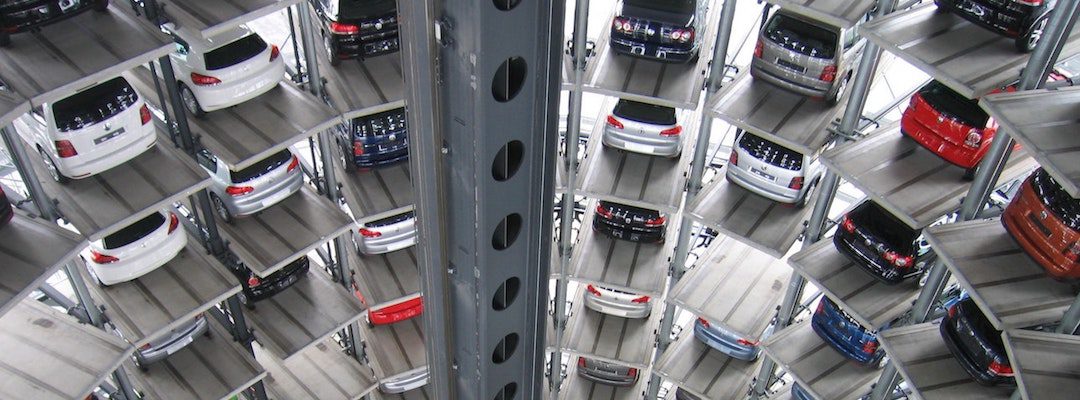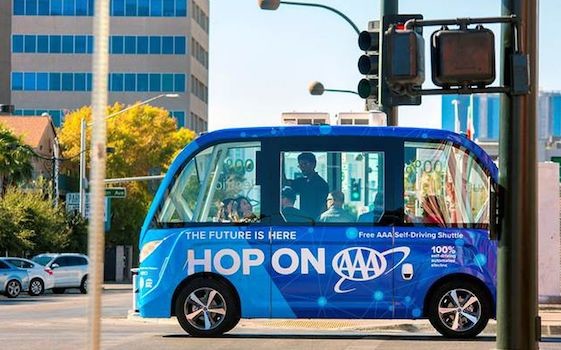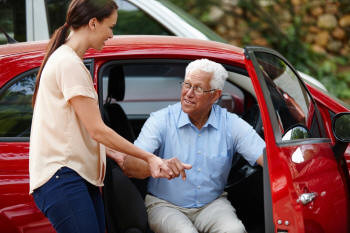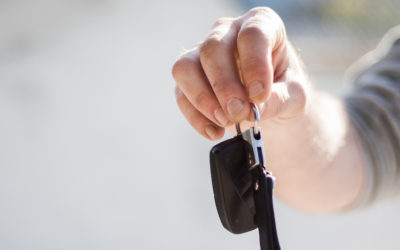Automated vehicles (AVs) are being hailed as the solution to many of our transportation problems. But the biggest wins for tomorrow’s transportation may lie elsewhere.
I’ve got some bad news. Forever ending congestion, road rage, and traffic deaths would be great; but unfortunately, adding AVs to the road won’t bring those results. These kinds of benefits won’t come until we take today’s (non-automated) cars off the road, which we are a very long way from doing (if we ever do).
Even as personal vehicles with ever more advanced automation features begin to come on the market, we may not notice any significant changes to our transportation systems as a whole. There will still be traffic, though perhaps some people will be free to focus on their smartphones for part of their commute (supposedly ready to take the wheel again suddenly, if needed). Those who get these features will pay a premium for them, and from all evidence thus far, they won’t work everywhere or in all conditions – completely without the need for occasional help from a human driver, that is – for a very long time. That means that if you want to buy an automated vehicle that can do all the things today’s cars can, it will still have a steering wheel. And the whole “send your car home to park itself” thing remains a long way from being worked out, if cities even allow it.
What vehicle automation does promise, perhaps soon, is simple: less need for paid drivers.
Not zero drivers, but less; at first perhaps just for simple repetitive journeys in well-mapped areas in good weather. But that’s already an important start. In many places, it could grow quickly to include a large portion of the work being done by taxis and ride-hailing companies.
The secret of the AV utopian future is that so many of the things it promises are already available to us today; they’re just expensive.
Want increased productivity during your commute? Mobility for the elderly and the disabled? Parking lots transformed into parks? Taxis, buses, and TNCs like Lyft and Uber are already able to free us from the ball and chain of car ownership and operation – that is, if they are available where we live, go where we want to go, and we can afford them.
This is where vehicle automation could make its biggest impact. If the need for paid drivers is reduced, many of these ride services could theoretically become cheaper and serve greater areas. Theoretically, because at the moment vehicle automation is wildly expensive, and it’s not yet certain how low the cost will fall. But assuming it comes down to somewhere near the cost of an average non-automated vehicle today, the price of buying a ride could drop dramatically.
If this happens, the balance between the Vehicle Buying market and the Ride Buying market in our urban and suburban areas could be… to use one of the favorite words of the twenty-first century… greatly disrupted. And therein lies the real potential to increase efficiency, save energy, and even reshape cities in ways that improve life for their residents.
Why? Because many of the most important transportation metrics for cities relate to the balance between these markets for Vehicle Buying and Ride Buying – which my colleagues Bern Grush and John Niles label in their book, The End of Driving, as “Market 1” and “Market 2”, respectively. Want to reduce the need for parking in your city centers or shopping areas? Want to reduce drunk driving? A shift to Ride Buying could help.
Even better, when people buy rides, they’re often able to take those rides together with strangers in shared occupancy vehicles. From UberPool and Lyft Line to shuttles and buses, putting multiple people headed the same direction into one vehicle brings incredible benefits in energy savings and traffic reduction.
Plus, as mentioned before, those members of society who don’t drive – including perhaps disabled, senior, or low-income residents – benefit from more affordable rides, especially if they come as the door-to-door, on-demand service of a robotaxi. With improved options, some people may find that ride services meet their needs in situations that previously required them to use a personal vehicle, such as for late night travel or to locations previously underserved by ride providers or transit. This could support community members that previously had no options, or could allow some families to get by with owning one vehicle instead of two or more.
Notice, this has very little to do with the fact that the vehicles are operated by computers, and everything to do with the rides being cheaper and more available.
That’s not to say such a transition would solve all our problems, of course. People who depend on those driving jobs for a living would need to find other work, which is a significant challenge. And in cities that already offer good options for getting around with public transit, cycling, and walking, a drastic reduction in the price of on-demand rides could mean a whole lot of new vehicle trips start getting made, which would be bad news. It is therefore vitally important for cities to plan ahead for such changes and implement regulations that mitigate the risks and ensure community interests are prioritized.
Automated vehicles could certainly bring big changes to our transportation system, but maybe not in the ways we expect. We may find over time that AVs are only the catalyst to a much different set of changes, which ultimately could be even more impactful and beneficial to some.
What do you think? Is vehicle automation more or less important to cities than a potential shift to using ride services?
More Articles on Automated Vehicles:
The Surprising Downside to Driving
The car is the perfect transportation device. It takes me anywhere, anytime I want, effortlessly and fast…
read moreWe can do a lot without AVs
AVs are coming… but we don’t have to wait
read moreWill AVs replace our cars?
Adding AVs versus taking away people’s cars: What we are likely to see in the coming years…
read more





